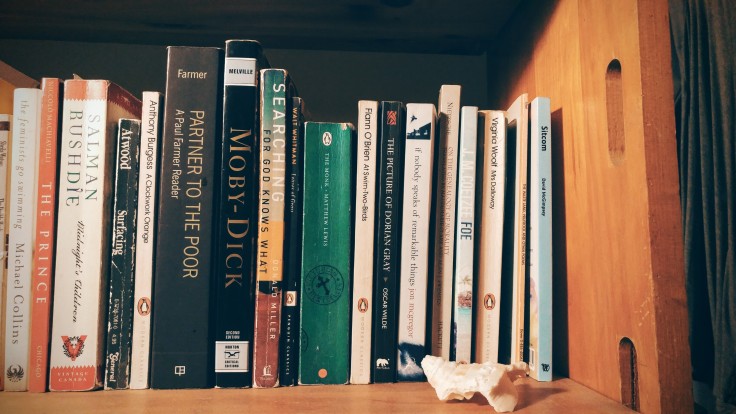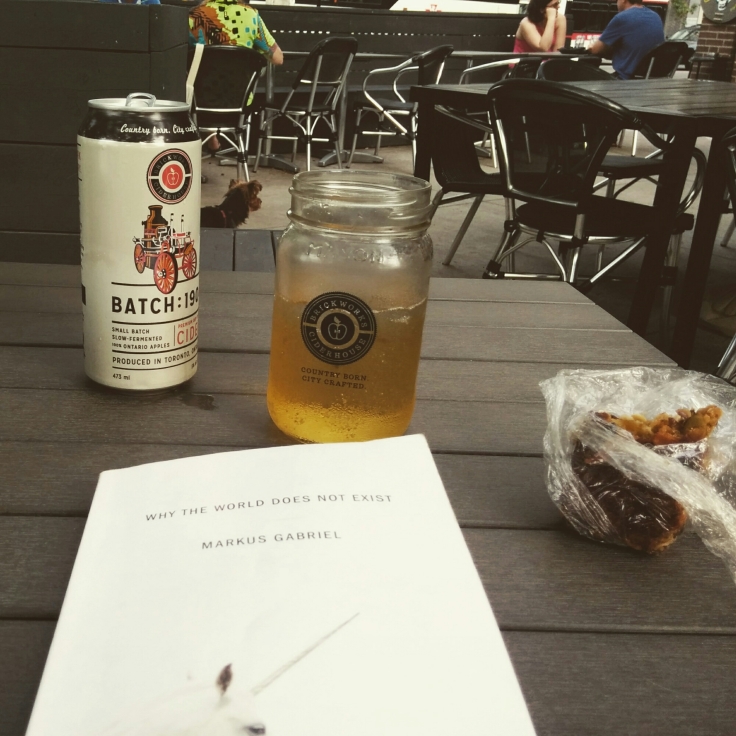
Joseph Boyden, with the support of many major authors, wrote an open letter criticizing UBC’s allegations against author and professor Steven Galloway. http://www.ubcaccountable.com/open.letter/steven-galloway-ubc/
It resulted in huge backlash and the tag #canlitaccountable
For any person who has been a victim of abuse, this letter must have been devastating. It’s clear that the authors have made up their minds: Galloway is innocent. A letter of this nature sympathises with the accused, and in doing so encourages victims to be silent to the benefit of their harasser’s “reputation” and “health.”
What’s worse, is there is barely any mention of the potential victims. Allegations were made — a rare act due to the fear of being silenced, shamed, and/or ignored afterwards. The least they could have done was acknowledged those who may have been harmed. By focusing only on Galloway’s need for redemption and justice the authors for this letter either forget or, worse, ignore the dire problem of unreported sexual harassment.
“No wonder that women are hesitant to step forward to call out sexual harassment and violence. No wonder that few women report rape to the police. In our judicial and parajudicial systems, every accused person has a right to a vigorous defence.” Lawrence Hill wrote in response.
As such, this letter has been heartbreaking for fans of some of Canada’s greatest authors: Madeleine Thien, Yann Martel, Margaret Atwood, Lisa Moore, Michael Ondaatje, Vincent Lam, Jane Urquhart, and many more who signed the letter. (Note, some have since withdrawn their name from the letter.) Why would they show support for the accused and work to silence those who made the allegations?
I understand this. However, I sincerely hope the real problem here is not the intent of the letter, but how it was written — ironic considering it was penned by some of Canada’s best authors.
The insensitivities of the letter distract from some genuine problems — the problems, I’d like to believe, these authors intended to highlight:
The university’s procedures are murky at best
- The Memo
A memo was released saying allegations were made against Galloway and students should come forward should they have safety concerns. Of course, the memo was followed by major media scrutiny against the professor.
This is difficult. We have to admit that this hinders a crucial universal right: innocent until proven guilty. If we agree this is an important human right, how can this process be improved to protect the identity of both parties and others until guilt is proven?
- The independent investigation
According to this article, independent investigations are often to the benefit of the victim. It should allow a more comfortable platform for victims to come forward, and provide an easier process than criminal court which would require more evidence, fees, lawyers, and stress in general. Of course, independent investigations aren’t perfect and work to benefit the university as well. “In informal processes, offenders will almost never face harsh punishments such as suspension, expulsion, or in the case of a professor or staff member, firing. Instead, there may be mediation – with the victim – or education.” Was this the best way to find the truth behind the allegations and bring full justice?
- The “verdict”
In this case, the accusations against Galloway were found to be unsubstantiated and yet he was terminated from his position. This must be frustrating from both points of view. If he wasn’t guilty, why was he fired? If he was guilty, why were the claims said to be unsubstantiated? This is opaque and should be addressed by the university. If he is guilty, the victim(s) should feel that the complaints were acknowledged. And if not, a career should not be affected.
Asking these questions is important; blindly defending Galloway is the wrong way to go about it. While the authors were trying to break open a vague university process, they forgot to consider the implications if their wording. They weren’t asking for the benefit of everyone, but to the benefit of their friend and colleague.
No matter what, this letter should make everyone seriously consider how we ought to bring justice and fairness to cases of sexual harassment. What does it mean for the claims to be unsubstantiated? How can this be proven? What are the best ways to bring relief to a victim immediately while also taking the accused’s assumed innocence into account? How can we maintain privacy while also bringing light to unsafe situations?
Let me know your thoughts in comments below. This is important and delicate. I’d like to know what others think.



